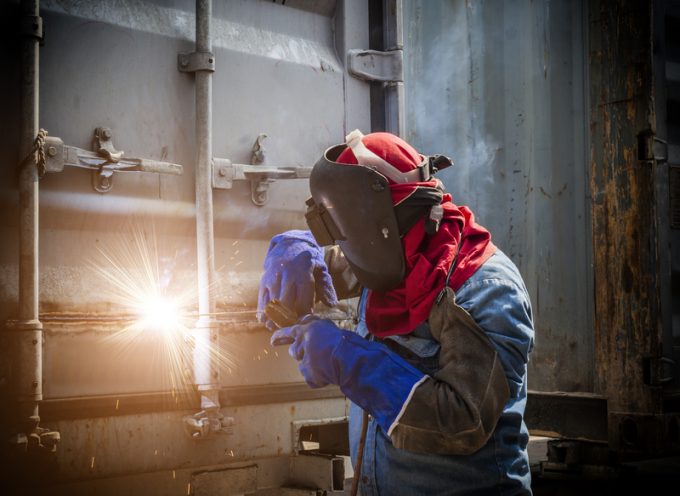Maersk suspends vessel calls at Haifa as regional tension rises
Maersk Line has become the first container line to reorganise its services to Israel, announcing ...

Ocean carriers are doing whatever it takes to hold onto chartered ships, and are investing heavily in container control systems to maximise their box fleets.
During a press briefing this month, Hapag-Lloyd chief executive Rolf Habben Jansen said current market conditions had increased container usage time ...

Comment on this article
Daniel Dagenais
April 19, 2021 at 4:48 pmMaybe its time to seriously consider pooling ressources…